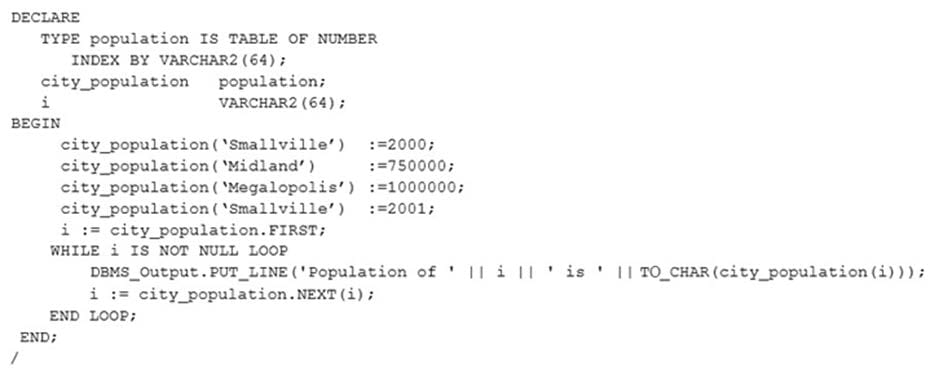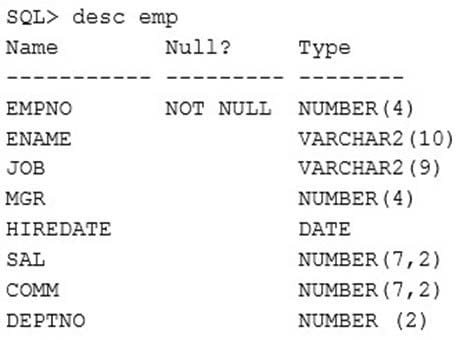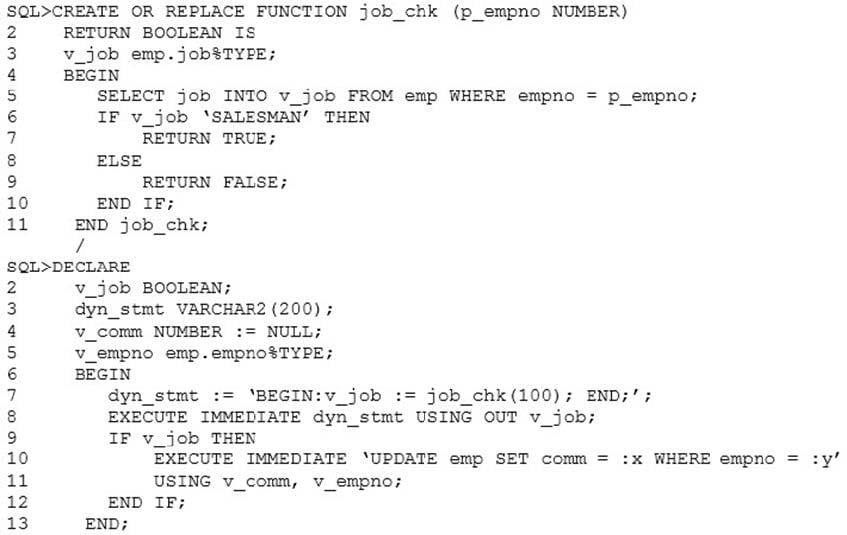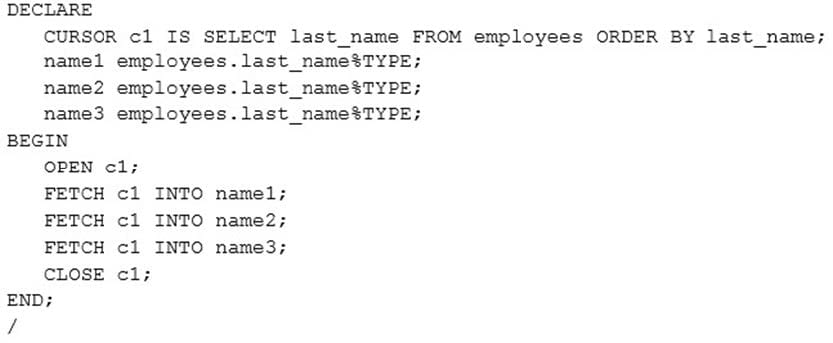
1Z0-144 Exam Questions & Answers
Exam Code: 1Z0-144
Exam Name: Oracle Database 11g: Program with PL/SQL
Updated: Jul 20, 2024
Q&As: 106
At Passcerty.com, we pride ourselves on the comprehensive nature of our 1Z0-144 exam dumps, designed meticulously to encompass all key topics and nuances you might encounter during the real examination. Regular updates are a cornerstone of our service, ensuring that our dedicated users always have their hands on the most recent and relevant Q&A dumps. Behind every meticulously curated question and answer lies the hard work of our seasoned team of experts, who bring years of experience and knowledge into crafting these premium materials. And while we are invested in offering top-notch content, we also believe in empowering our community. As a token of our commitment to your success, we're delighted to offer a substantial portion of our resources for free practice. We invite you to make the most of the following content, and wish you every success in your endeavors.

Download Free Oracle 1Z0-144 Demo
Experience Passcerty.com exam material in PDF version.
Simply submit your e-mail address below to get started with our PDF real exam demo of your Oracle 1Z0-144 exam.
![]() Instant download
Instant download
![]() Latest update demo according to real exam
Latest update demo according to real exam
* Our demo shows only a few questions from your selected exam for evaluating purposes
Free Oracle 1Z0-144 Dumps
Practice These Free Questions and Answers to Pass the Oracle Database Exam
View the Exhibit to examine the PL/SQL block.

Which two statements are true about the execution of the PL/SQL block? (Choose two.)
A. It executes successfully and gives the desired output.
B. It does not execute because the definition of type POPULATION is indexed by VARCHAR2.
C. It executes, and the string keys of an associative array are not stored in creation order, but in sorted order.
D. It does not execute because the value that is once assigned to the element of the associative array cannot be changed.
View Exhibit 1 and examine the structure of the DO table.

View Exhibit 2 and examine the code.

The anonymous block gives an error on execution. What is the reason?
A. The assignment in line 7 is not valid.
B. The SQL does not support the Boolean data type.
C. A null value cannot be applied to the bind arguments in the using clause in line 10.
D. The names of bind variables must be the same as the using clause bind arguments in line 10.
Which two statements correctly differentiate functions and procedures? (Choose two.)
A. A function can be called only as part of a SQL statement, whereas a procedure can be called only as a PL/SQL statement.
B. A function must return a value to the calling environment, whereas a procedure can return zero or more values to its calling environment.
C. A function can be called as part of a SQL statement or PL/SQL expression, whereas a procedure can be called only as a PL/SQL statement.
D. A function may return one or more values to the calling environment, whereas a procedure must return a single value to its calling environment.
Examine the following PL/SQL code: Which statement is true about the fetch statements in the PL/SQL code?

A. Each fetch retrieves the first row and assigns values to the target variables.
B. Each fetch retrieves the next consecutive row and assigns values to the target variables.
C. They produce an error because you must close and reopen the cursor before each fetch -statement.
D. Only the first fetch retrieves the first row and assigns values to the target variables- the second produces an error.
Which two guidelines are recommended by Oracle to reduce invalidation of dependent objects? (Choose two.)
A. Reference tables indirectly by using views.
B. Reference tables directly and avoid using views.
C. When adding new items to a package, add them to the end of the package.
D. When adding new items to a package, add them to the beginning of the package.
Viewing Page 1 of 3 pages. Download PDF or Software version with 106 questions

